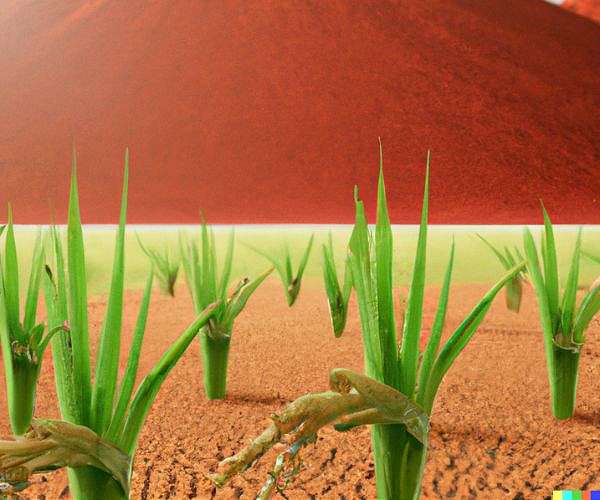Is Terraforming Mars a Realistic Goal?
by Clarence Oxford
Los Angeles CA (SPX) May 19, 2025
The idea of transforming Mars into a habitable world has long captured the public imagination, but recent research led by Pioneer Research Labs and the University of Chicago, with contributions from Los Alamos National Laboratory, is taking a closer look at the scientific feasibility of this ambitious goal.
In a perspective paper published in Nature Astronomy, the authors examine the practical steps required to make the Martian surface more Earth-like. This includes warming the planet’s atmosphere, increasing atmospheric pressure, and introducing oxygen to support life. Such a transformation, the researchers note, would involve engineered microbes capable of photosynthesis to gradually generate breathable oxygen, a critical first step in making the Red Planet livable.
“Believe it or not, no one has really addressed whether it’s feasible to terraform Mars since 1991,” said Nina Lanza, a planetary scientist at Los Alamos National Laboratory and a co-author of the paper. “Yet since then, we’ve made great strides in Mars science, geoengineering, launch capabilities and bioscience, which give us a chance to take a fresh look at terraforming research and ask ourselves what’s actually possible.”
The paper discusses the current understanding of Mars’ water reserves, carbon dioxide levels, and soil composition, highlighting emerging technologies that could potentially raise the planet’s average temperature by several degrees within a few decades. This temperature increase would be essential to releasing trapped carbon dioxide, thickening the atmosphere, and creating the conditions necessary for liquid water and complex ecosystems.
The authors emphasize that before committing to such an enormous undertaking, scientists must assess the technical challenges, environmental risks, and long-term costs associated with altering a planet’s climate and atmosphere. They argue that understanding these fundamentals will guide future decisions about whether Mars should remain a pristine world or be transformed into a new home for humanity.
Importantly, the researchers also highlight that Mars-focused research could yield benefits for Earth, including advances in bioscience, agricultural technology, and ecosystem modeling. Technologies like desiccation-resistant crops and efficient soil remediation could be critical to sustaining life on both worlds.
“Mars terraforming research offers a vital testbed for planetary science, potentially validating theories or exposing knowledge gaps,” the authors write. “Continued research promises significant scientific progress, regardless of whether full-scale terraforming occurs.”
Until more foundational research is conducted, the question of whether Mars can be transformed remains open. The authors caution that significant scientific breakthroughs will be necessary before humanity can consider taking the first steps toward a terraformed Mars.
Research Report:The case for Mars terraforming research
Related Links
Los Alamos National Laboratory
Mars News and Information at MarsDaily.com
Lunar Dreams and more

